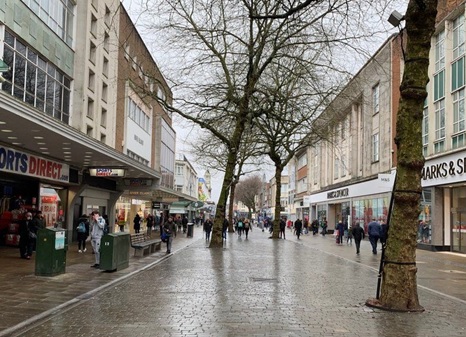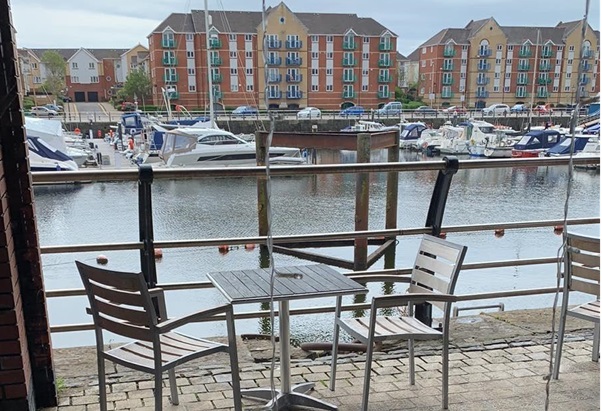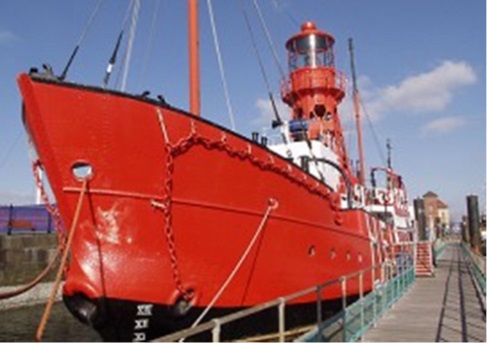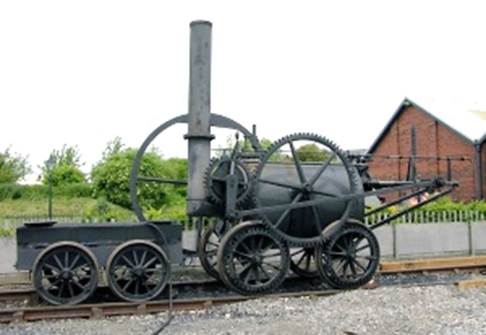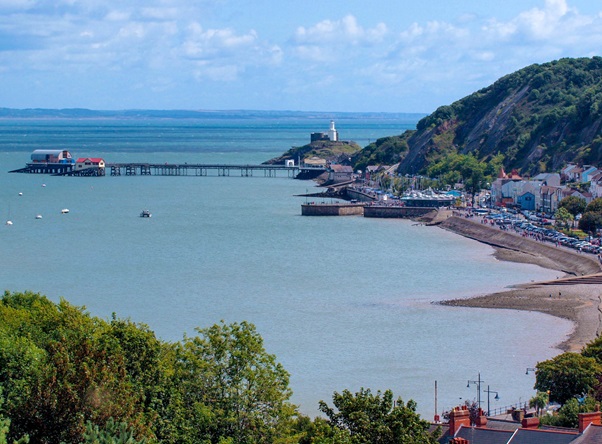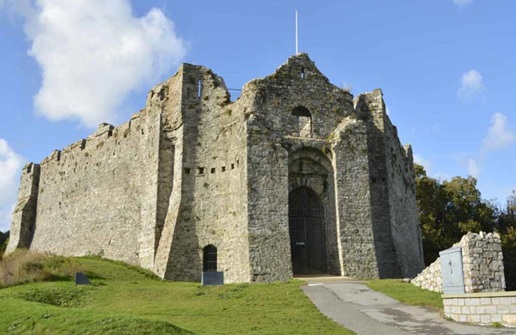Welsh politics
The political map of Wales can be broadly divided into three regions.
In the west is the largely rural and Welsh speaking area which supports Plaid Cymru.
In the old coalfields and industrial areas of South and North East Wales, the Labour Party is dominant.
In Pembrokeshire, along the North Wales coast, and in the Welsh borderlands, the Conservative Party has a strong following.
Before 1998, Wales had no separate governing body and was entirely controlled by the Westminster parliament.
People in Wales voted for devolution in a referendum, and the Welsh Assembly was established in Cardiff Bay.
Members are elected through a system which includes proportional representation.
Since its formation, the majority of Welsh Assembly members have come from the Labour Party.
The Welsh Assembly was given reponsibility for decision making in areas which include Health and Education.
Differences have developed between Wales and England, for example in the charges for medical prescriptions, and the fees for students in Higher Education.
The Welsh Assembly has now been renamed the Welsh Parliament, and has increased its legal powers.
There have been different approaches to controlling the COVID epidemic in Wales in comparison to England.
Periods of lock-down began earlier in Wales, and requirements for mask wearing have continued longer.
Withdrawal from the European Union with Brexit continues to be a major issue in Welsh politics.
Wales, in the same way as the United Kingdom overall, voted in favour of Brexit by a very small majority.
Since the end of the Brexit transition period, a number of effects are being seen in Wales.
Exporting to the European Union has become more difficult for Welsh companies, and the port of Holyhead has seen a large reduction in ferry traffic.
Welsh farmers are concerned about the import of cheap meat from Australia, which could make their farms no longer profitable.
There is no certainty that the additional funding by the European Union for poorer areas of Wales will continue to be paid by the United Kingdom.
In parts of the Welsh community, there is a new feeling of confidence that Wales can successfuly govern its own affairs, rather than rely on the Westminster Government.
This has led to an increase in support for the `Yes Cymru` movement, which is campaigning for Wales to become an independent nation.
Translate the sentence:
The political map of Wales can be broadly divided into three regions.
Suggested translation: (a number of alternatives acceptable)








